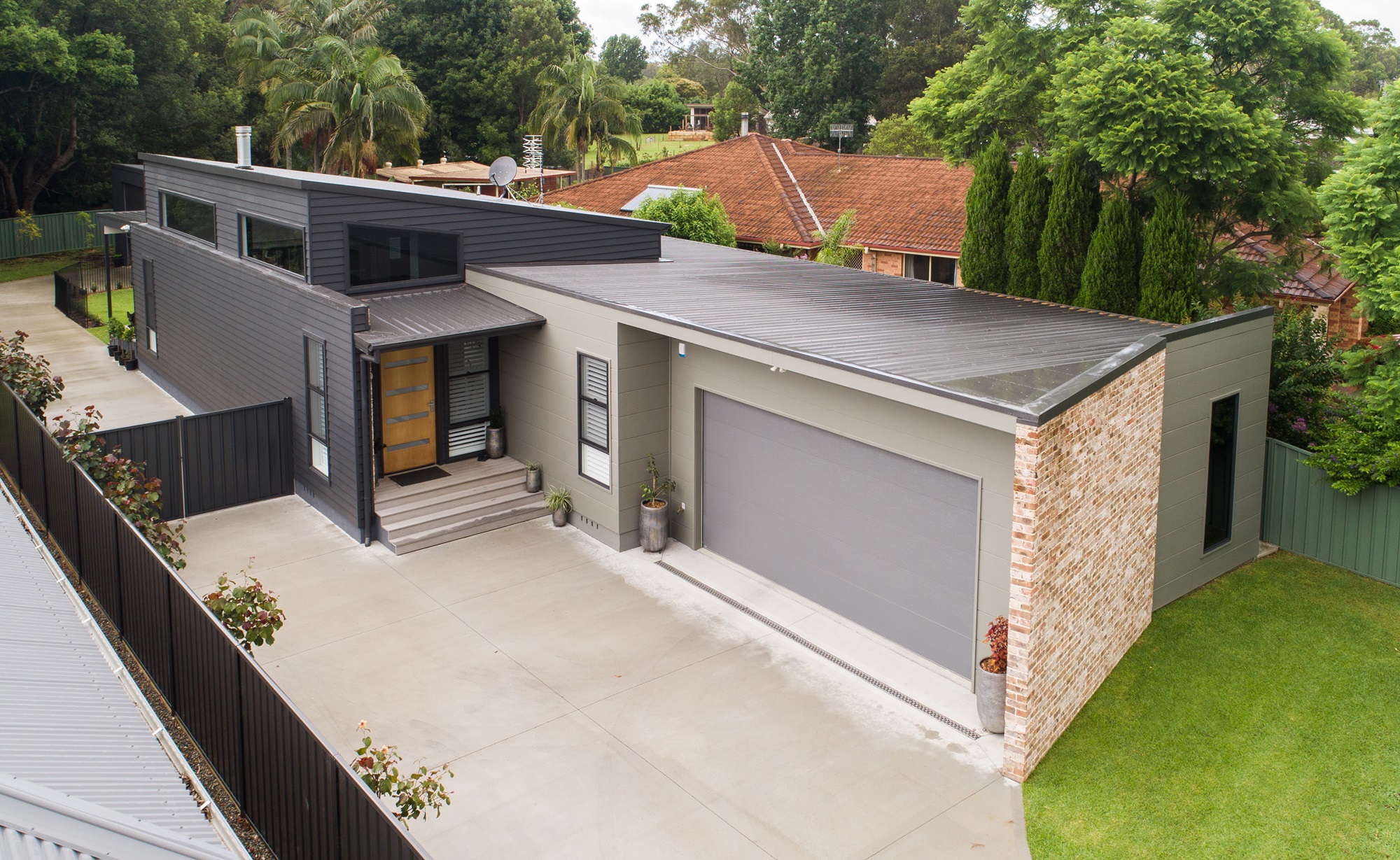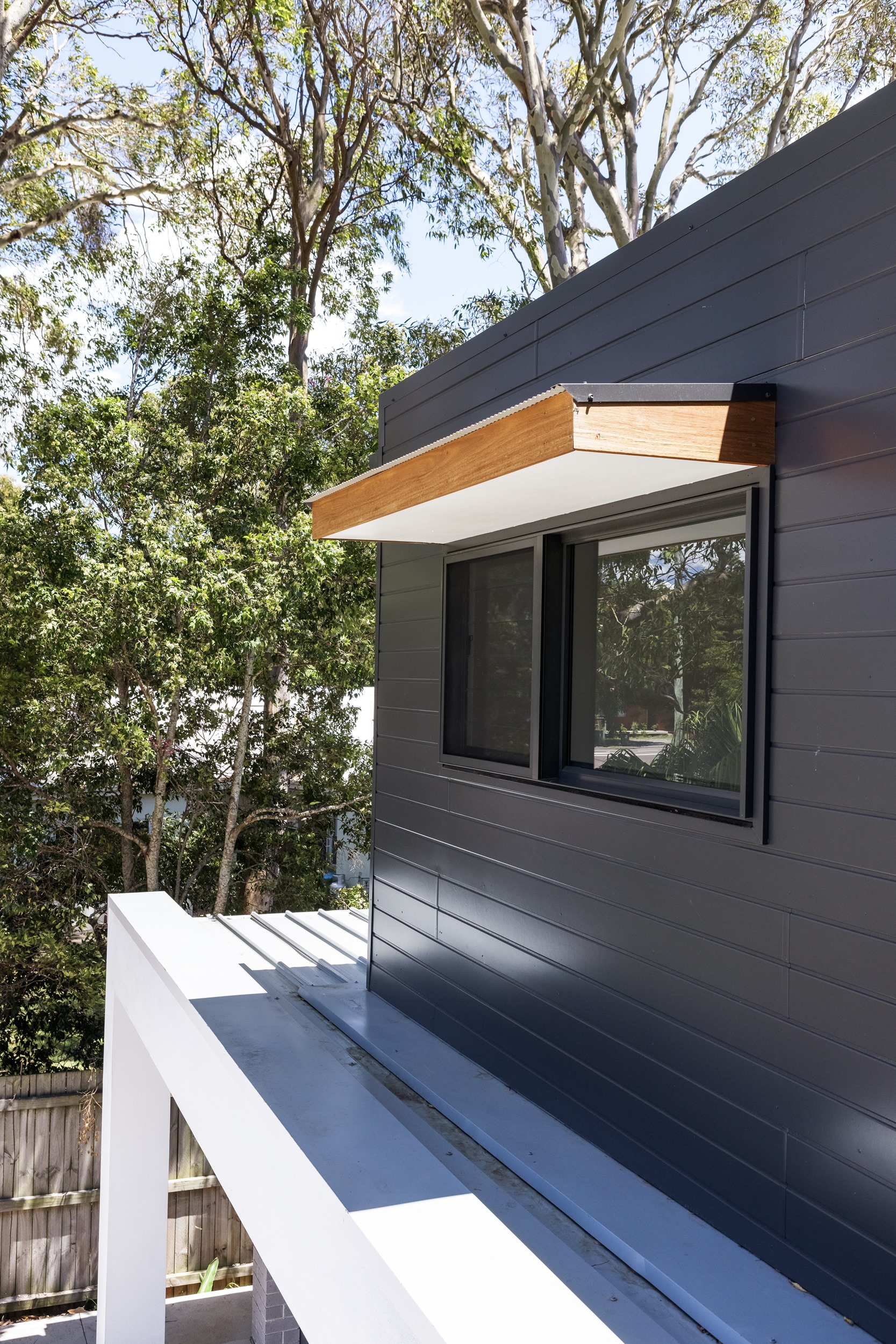Ensuring Longevity in Australian Homes
Weatherproofing is an essential aspect of architecture, crucial in protecting structures from the elements. Firms like Studio Leith place immense importance on ensuring that their contemporary Australian designs can withstand the country’s varying weather conditions. Let’s delve into the vital aspects of weatherproofing and waterproofing, focusing on existing homes, design intricacies, and the materials best for the job.
Identifying Existing Home Damp Issues
Dampness in homes can lead to a myriad of problems, from structural damage to health concerns. Common signs of damp issues include musty odours, visible mould, peeling paint, and efflorescence on walls. Regular inspections, particularly in basements and areas prone to moisture, can catch these issues early. The key is in understanding the source, whether it be condensation, rising damp, or lateral moisture ingress.
“Identifying and addressing damp issues early can save homeowners significant costs and extend the lifespan of their structures.”
Understanding Water Movement
Knowing how water moves in and around a building is vital for effective waterproofing. Water takes different paths, including surface runoff, capillary action, and vapour diffusion. Healthy water management strategies consider rainwater runoff control, proper drainage systems, and moisture control within the walls and foundation of a building.

Water Barriers: Capture and Escape
Water barriers are integral to preventing water ingress. These barriers must be continuous and robust, wrapped effectively around the building envelope to catch moisture and direct it outward. Common materials for water barriers include bituminous membranes, elastomeric coatings, and liquid-applied membranes. Adequate design also provides means for water escape, ensuring any infiltrated water can drain out without causing damage.
The composition of membranes ranges from liquid-applied to sheet membranes, each serving specific functions and application preferences.
Integrating membranes artfully into the building structure demands precision and foresight.
Breathability in Wall Build-Ups
While protecting against water intrusion, buildings also need to breathe to prevent trapped moisture that causes mould and degradation. Breathable membranes allow vapour to escape without letting water in. Creating a wall build-up with proper ventilation channels and moisture barriers strikes the right balance between impermeability and breathability.
Flashings, Sarking, and Façade Substrates
Flashings and sarking are critical in diverting water away from vulnerable areas of a structure. Flashings, installed around windows, doors, and roof lines, act as deflectors for water, safeguarding joints and edges. Sarking, a reflective foil laid beneath roof tiles, provides an additional moisture barrier and enhances thermal performance.
Façade substrates work in tandem, providing a durable outer surface that effectively repels water. Materials can include treated timber, high-pressure laminates, and engineered composites.

Wind-Driven Rain and Threshold Detailing
Wind-driven rain poses unique challenges, as water can be propelled at angles, seeping into crevices and joints. Proper threshold detailing, incorporating sloped sills, drip edges, and barrier systems, is essential. Correct design ensures rainwater is diverted away from entrances and thresholds, maintaining the integrity of doors and windows.
Treatment of Joints and Construction Sequencing
The treatment of joints involves using flexible sealants, gaskets, and tapes that maintain their integrity under duress. Construction sequencing also plays a crucial role as improper sequencing can neglect vital waterproofing steps. Details like staggered joints and layered application of barriers ensure cumulative protection.
“Successful waterproofing often boils down to meticulous planning and rigorous execution, down to the last joint.”
References
- https://nimble.com.au/blog/the-ultimate-guide-to-dealing-with-damp-in-the-home/
- https://www.vba.vic.gov.au/about/research/improving-building-envelope-resilience-to-moisture-damage-in-progress
- https://buildingconnection.com.au/2018/02/26/watertightness-of-windows-and-doors/
- https://evobuild.com.au/the-improvements-in-roof-sarking/
